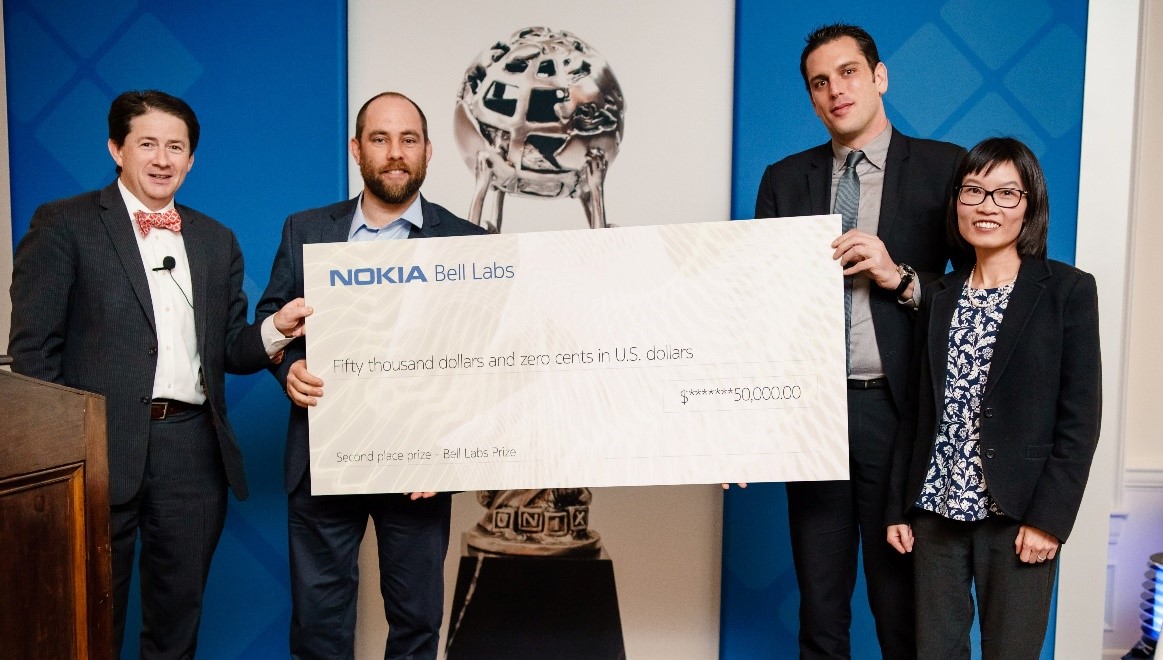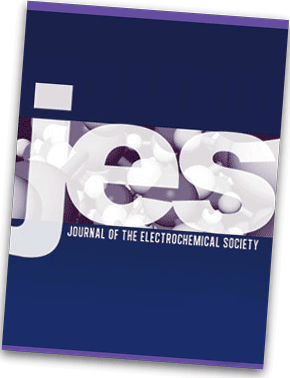 Over 1,840 articles were published in ECS journals in 2017, ranging from battery technology to materials science. Among those articles, “The Development and Future of Lithium Ion Batteries” by ECS member of 48 years, George E. Blomgren, stood out as the most downloaded paper of the year, with over 25,000 downloads in total.
Over 1,840 articles were published in ECS journals in 2017, ranging from battery technology to materials science. Among those articles, “The Development and Future of Lithium Ion Batteries” by ECS member of 48 years, George E. Blomgren, stood out as the most downloaded paper of the year, with over 25,000 downloads in total.
The open access paper was published in the Journal of The Electrochemical Society (JES) and has held the number one top download spot for the majority of the year. In November 2017 alone, it hit a record-setting 4,080 downloads. Blomgren credited the paper’s outstanding success to the continued surging interest in lithium-ion batteries, a technology that has made its profound mark on consumer electronics such as cellphones and computers, and continues to be applied to emerging innovations ranging from large scale energy storage to electric vehicles.
The paper, which highlights the past, present, and future of battery science and technology, was published as part of the JES Focus Issue of Selected Papers from IMLB 2016 with Invited Papers Celebrating 25 Years of Lithium Ion Batteries. The focus issue contains contributions from veteran scientists considered by many to be founding fathers in lithium battery science, including Emanuel Peled, Tetsuya Osaka, Zempachi Ogumi, Jeff Dahn, Robert Huggins, and of course, Blomgren.


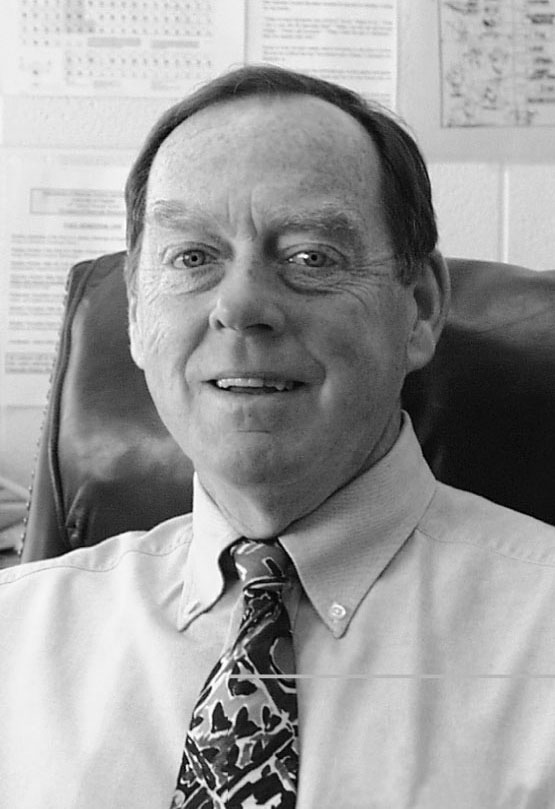
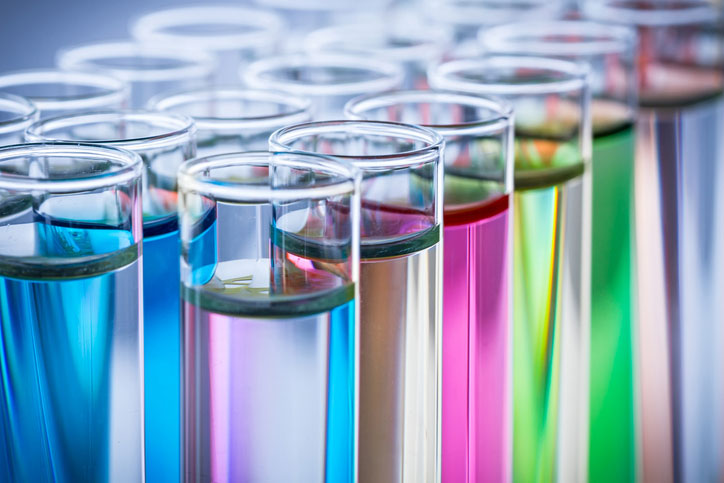 A new chemical sensor prototype will be able to detect “single-fingerprint quantities” of chemicals and other substances at a distance of more than 100 feet—and its creators are working to make it the size of a shoebox.
A new chemical sensor prototype will be able to detect “single-fingerprint quantities” of chemicals and other substances at a distance of more than 100 feet—and its creators are working to make it the size of a shoebox.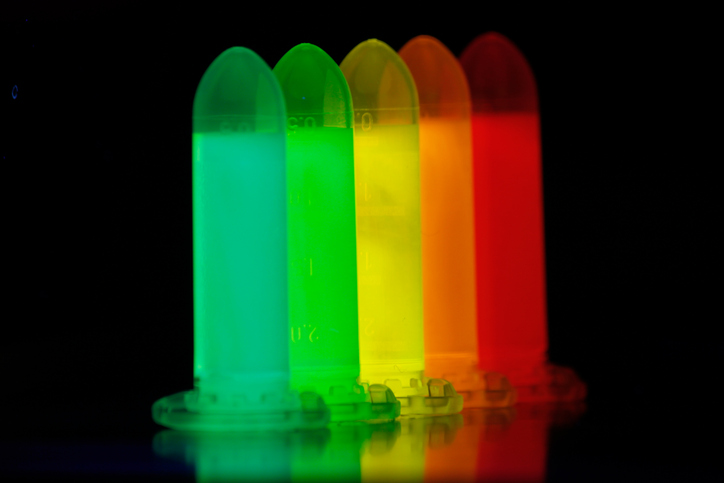 In a new paper, researchers describe the underlying mechanisms involved in creating a widely used class of quantum dots that use cadmium and selenium compounds as their molecular precursors.
In a new paper, researchers describe the underlying mechanisms involved in creating a widely used class of quantum dots that use cadmium and selenium compounds as their molecular precursors.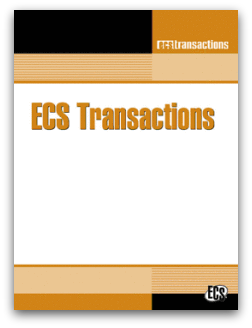 ECS Transactions 80(10) “
ECS Transactions 80(10) “ The following are the updated guidelines for submitting student chapter updates for publication in Interface.
The following are the updated guidelines for submitting student chapter updates for publication in Interface. The following is a roundup of the most downloaded episodes of the ECS Podcast in 2017.
The following is a roundup of the most downloaded episodes of the ECS Podcast in 2017.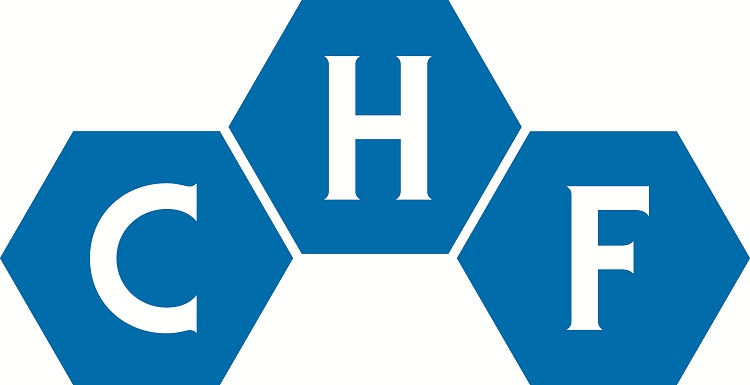 ECS members
ECS members 